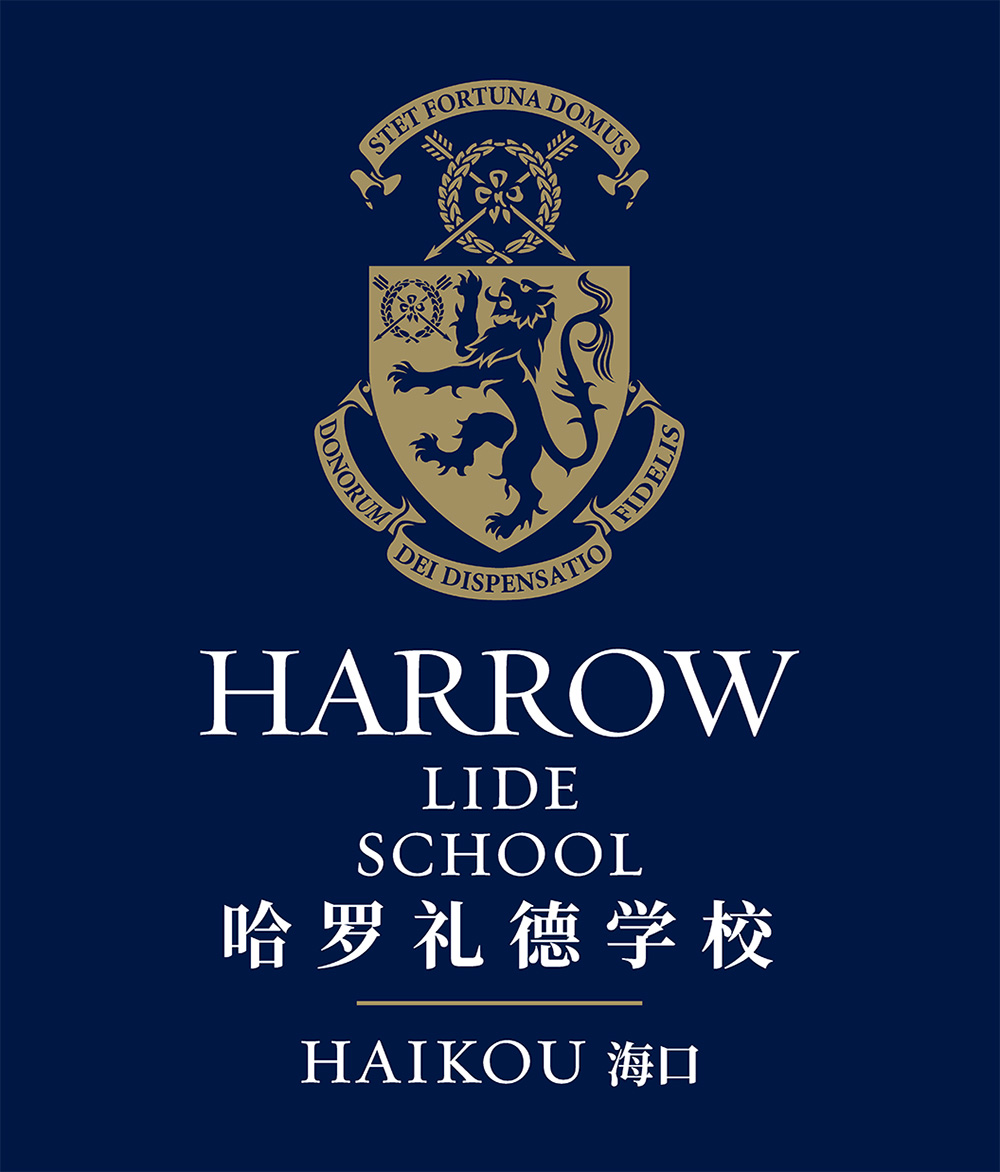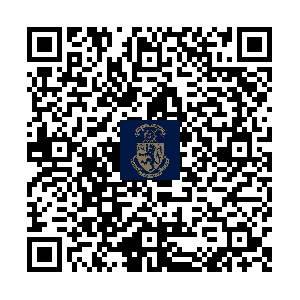Students from all nationalities, including People’ Republic of China(China, Hong Kong and Macau nationals), can enrol at HARROW ILA schools.
Children can apply from age 2 (for Nursery)through to age 18 (for A levels).
Application to each HARROW LiDe is open throughout the year. Once an application form is filled, assessments completed, and consulting fees paid, successful applicants will be offered a place in the school-these offers are valid for 4 months. Once a family accepts the offer, our admissions team will guide the family through the registration process.
Although this is not standard practice, subject to capacity, and depending on the academic and language abilities of the child, it is possible. Please contact our admissions team for specific requests.
Yes, we assess each student on entry.
Yes, a school bus service will operate. Full details will be provided closer to the time of the school opening.
HARROW LiDe and Harrow International Schools are both under the management of Asia International Schools Limited (AISL).Based on the best traditions of Harrow UK, HARROW LiDe offer students in China world-class K-12 education in the prestigious day and boarding school environment.
Maximum class sizes are:
Kindergarten:
Pre-K/Pre-N: 16 per class
K1/Nursery: 18 per class
K2/Reception: 20 per class
K3/Y1: 24 per class
G1-G9: 24 students per class.
G10-G12: 18students per class.
In general terms, many international schools focus on only one international curriculum – often a curriculum linked to the national orientation of the school or a curriculum such as the International Baccalaureate (IB). In China, these schools can only enrol students who hold foreign passports.
Unlike many international schools then, HARROW ILAs are bicultural and bilingual. Throughout their education, HARROW ILA students will develop fluency in Chinese and English, proudly identifying with their own Chinese cultural heritage while displaying impressive knowledge and appreciation of other cultures.
This unique blended approach makes it possible for HARROW ILAs to enrol Chinese nationals, giving access to a world-class internationally-orientated curriculum which builds on the best of two worlds.
In terms of language skills, the HARROW ILA curriculum goes far beyond mere bilingualism. We nurture confident and active communication and performance in both English and Chinese.
We do this by promoting acting, presentation and debating skills, encouraging the pupils to perform and present regularly in front of their peers. We encourage students to discuss topics actively, participating enthusiastically and freely in question and answer sessions
Moreover, the HARROW ILA curriculum encourages students to develop an innovative, inquisitive, exploratory and experimental mindset. HARROW ILA students are prepared to question established practice, to seek knowledge for pleasure, to be resilient and to accept failure as a prerequisite to success.
Our expectations of English competency are commensurate with a child’s age; increasing levels of ability are required as the age of entry rises.
In Kindergarten we accept children with no English language experience.For our younger learners, Grade 1-8, we expect developing levels of conversational and academic English appropriate to age. Students need to be able to read, write, listen and speak with reasonable competency.
From Grade 8 onwards, greater fluency is required. To access Grades 11 and 12 near-native fluency is required.








